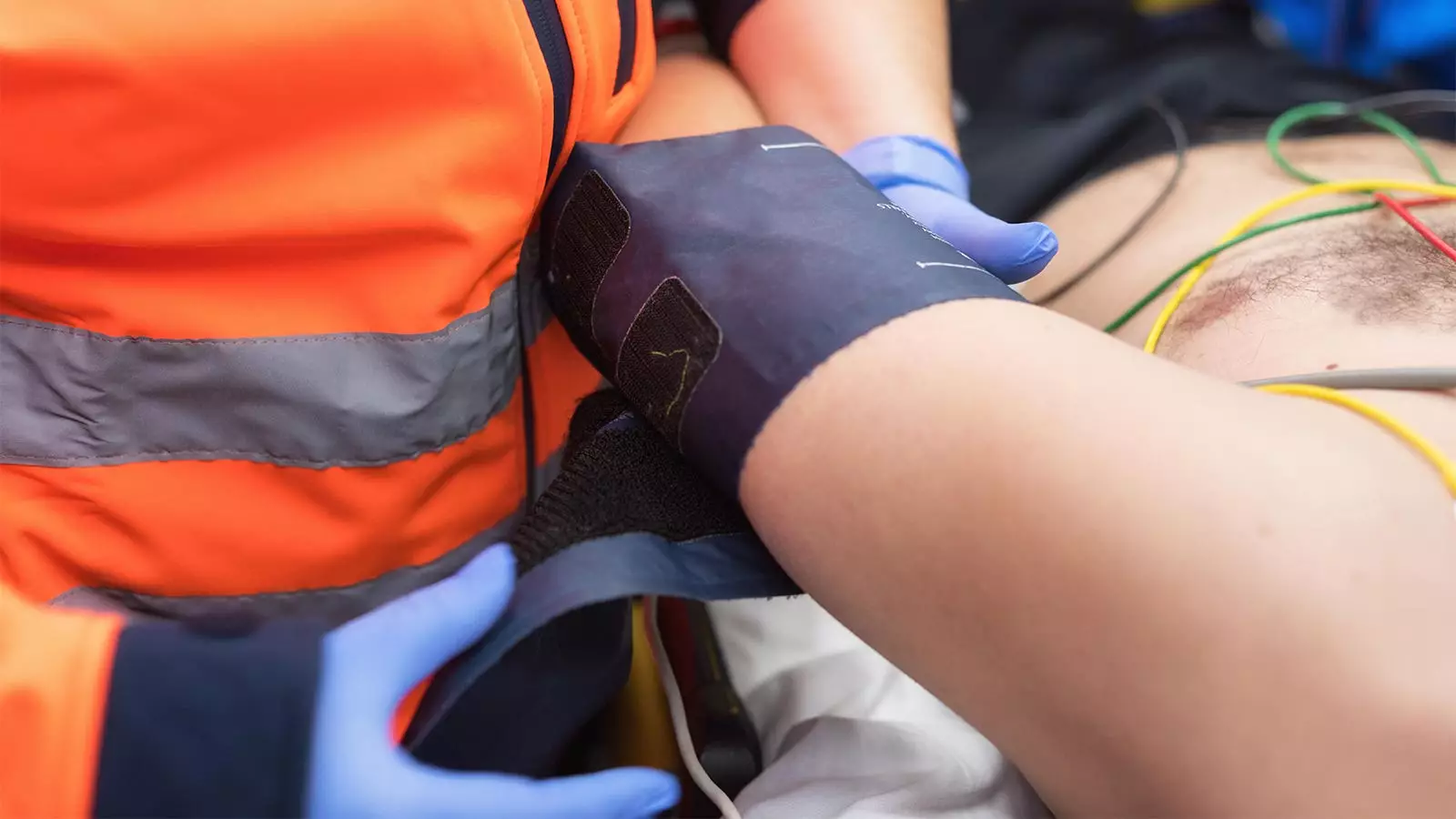The recent China-based INTERACT 4 trial aimed to investigate the effects of bringing blood pressure under control in the ambulance on stroke outcomes in an unselected population. The trial, led by Gang Li, MD, PhD, of Shanghai East Hospital, compared early systolic blood pressure reduction to 130-140 mm Hg with usual care en route to the hospital and reported its findings in the New England Journal of Medicine. While the prehospital intervention appeared safe overall, the results did not show a significant improvement in functional outcomes measured by the modified Rankin Scale.
The study revealed that prehospital blood pressure control did not result in better functional outcomes compared to usual care for stroke patients. In fact, for patients diagnosed with ischemic stroke at the hospital, prehospital blood pressure control actually increased the odds of a poor functional outcome. On the other hand, patients with hemorrhagic stroke experienced a significant reduction in the risk of poor functional outcomes with prehospital intervention. These results highlight the complexity of managing blood pressure in different types of stroke and the need for personalized treatment approaches.
Despite the interesting findings of the INTERACT 4 trial, there are several limitations that should be considered when interpreting the results. Jonathan A. Edlow, MD, of Beth Israel Deaconess Medical Center, pointed out that the study population mostly consisted of Han Chinese ethnicity and received a specific type of antihypertensive medication that is not available in the United States. Additionally, the trial included an unusual distribution of patients with intracerebral hemorrhage and acute ischemic stroke, which may not be representative of other populations.
The design of the INTERACT 4 trial raised questions about its generalizability and applicability to North American or European stroke populations. The use of urapidil and the relatively even split between hemorrhagic and ischemic strokes may limit the external validity of the results. Furthermore, the high sensitivity of CT scans in detecting signs of ischemia or infarction in patients with acute ischemic stroke was unexpected and warrants further investigation. These methodological issues suggest that the results of the trial should be viewed as hypothesis-generating rather than definitive.
The INTERACT 4 trial provided valuable insights into the effects of prehospital blood pressure control on stroke outcomes. While the results did not demonstrate a clear benefit of early systolic blood pressure reduction, they highlighted the importance of considering stroke subtype and individual patient characteristics in treatment decisions. Future research should focus on validating these findings in diverse patient populations and exploring alternative strategies for optimizing stroke care in the prehospital setting. By critically evaluating the limitations and implications of the INTERACT 4 trial, clinicians and researchers can advance our understanding of the complex relationship between blood pressure control and stroke outcomes.

Leave a Reply